- About
- News
- Research
- Products
- Product archive
- Applications
- Support
- Surplus
- По-русски
- Eesti keeles
Digital voice communication project is the team-work of Electronics Design Ltd (Estonia), Dunvegan Systems Ltd (UK) and Ventur-Service (Russia). It's general objective is development of cheap and reliable system, that could be applied for wide various tasks.
System summary
System consists of delegate units, connected with each other by wire pair to the loop. Maximum amount of units is 64. Maximum range between two units is up to 1000 meters. For better convenience of mounting each unit has cross box with Krone terminals or terminal blocks.
Cross box
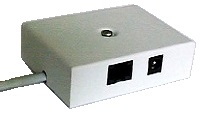
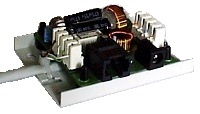


Delegate unit and cross box are connected with flexible cable. Cross box has built-in voltage transformer, so you may power several delegate units with one unstabilized power supply (9..27V). Also you have ability to use AC/DC adapter as unit power supply, cross box has special connector to plug it.
As a communication protocol we use RS485 interface, one communication channel maintains five virtual voice channels and several control channels, so it is possible to organize up to 5 full-duplex conversations at the same time.
Delegate unit boards
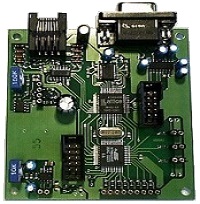
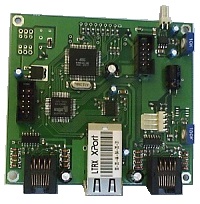


For upgrade software and programming unit addresses was developed special computer program FWUpdater, which uses special USB cable to communicate with delegate units.
Below, we consider three practical applications of the system.
System was specifically designed for sound enhancement in court rooms. Two of them were installed and successfully used in courts of Yorkshire (UK).
System consists of Operator Console and several Delegate Units. Clerk turns on/off microphones of delegate units pressing corresponding buttons on operator console. Also, clerk may increase/decrease the sensitivity of microphones of any delegate unit. Chairman unit is provided with special button to turn on/off own microphone.
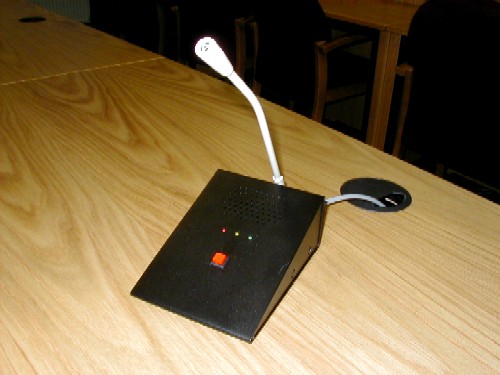
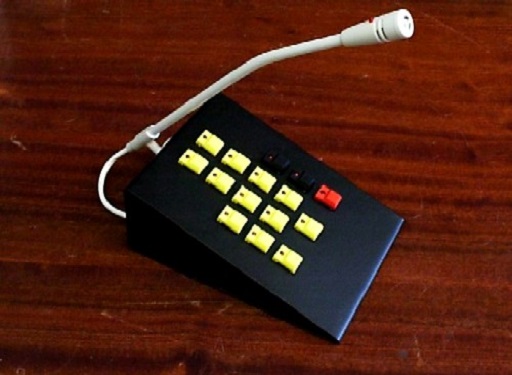
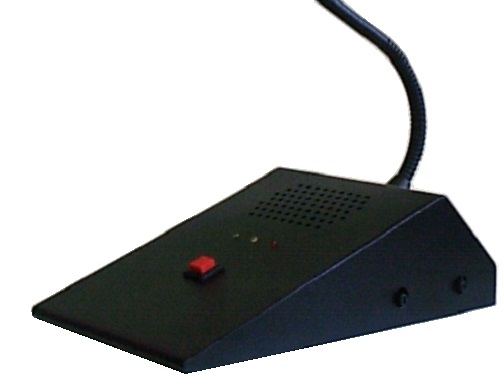
Some of units are realized in special vandal resistant version, they could be used in secure docks in court. Another version of unit has no microphone and used for transmission signals to current loop amplifiers, infra-red systems and sound amplifiers for speech translation outside of court rooms.
Multi channel structure of system minimizes any tendency for feedback. Delegate units are also provided with facilities to adjust their microphone sensitivity and loudspeaker volume level. These are adjusted using potentiometers located in apertures in the right hand side panels and can be adjusted using a small flat-bladed screwdriver. The potentiometer towards the rear corresponds to the microphone sensitivity whereas that towards the front corresponds to the loudspeaker volume. But after first installation engineer hides potentiometers to prevent unbalancing system settings by users.
Hot link System consists of several delegate units and one additional unit, which is the master device in system. Each unit is provided with ordinary 12-key phone keyboard.
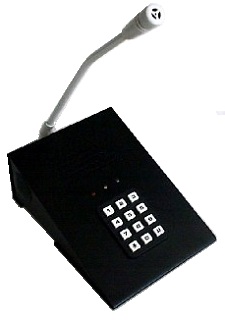
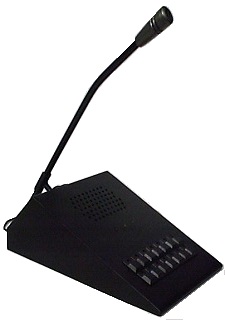
Keys '1' to '9' are used for direct call to subscriber, '#' - to end conversation, '*' - to turn microphone in half-duplex mode, '0' - to switch mode of operation. So each unit is used to call up to 9 subscribers.
Unit has three LED-indicators: green LED shows unit unit state: blinks with two second interval - unit is waiting the call; is alighted - online mode, red LED shows state of microphone (ON/OFF), yellow LED shows operation mode: half-duplex or full duplex.
In one loop could be organized several groups of delegate units, conversations are possible between subscribers belonged to one group. System provides up to five conversion at the same time and has conference option.
This system consists of vandal resistant delegate units placed in chambers and corridors, outside sound amplifiers and speakers, guard consoles on each floors and control center based on computer.
System provides guards hot link, call signalization and communication with chambers, radio translation and public address: outside, in corridors, in chambers.